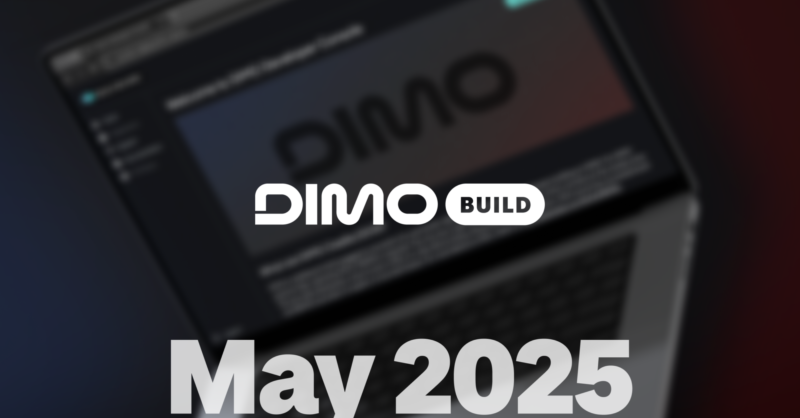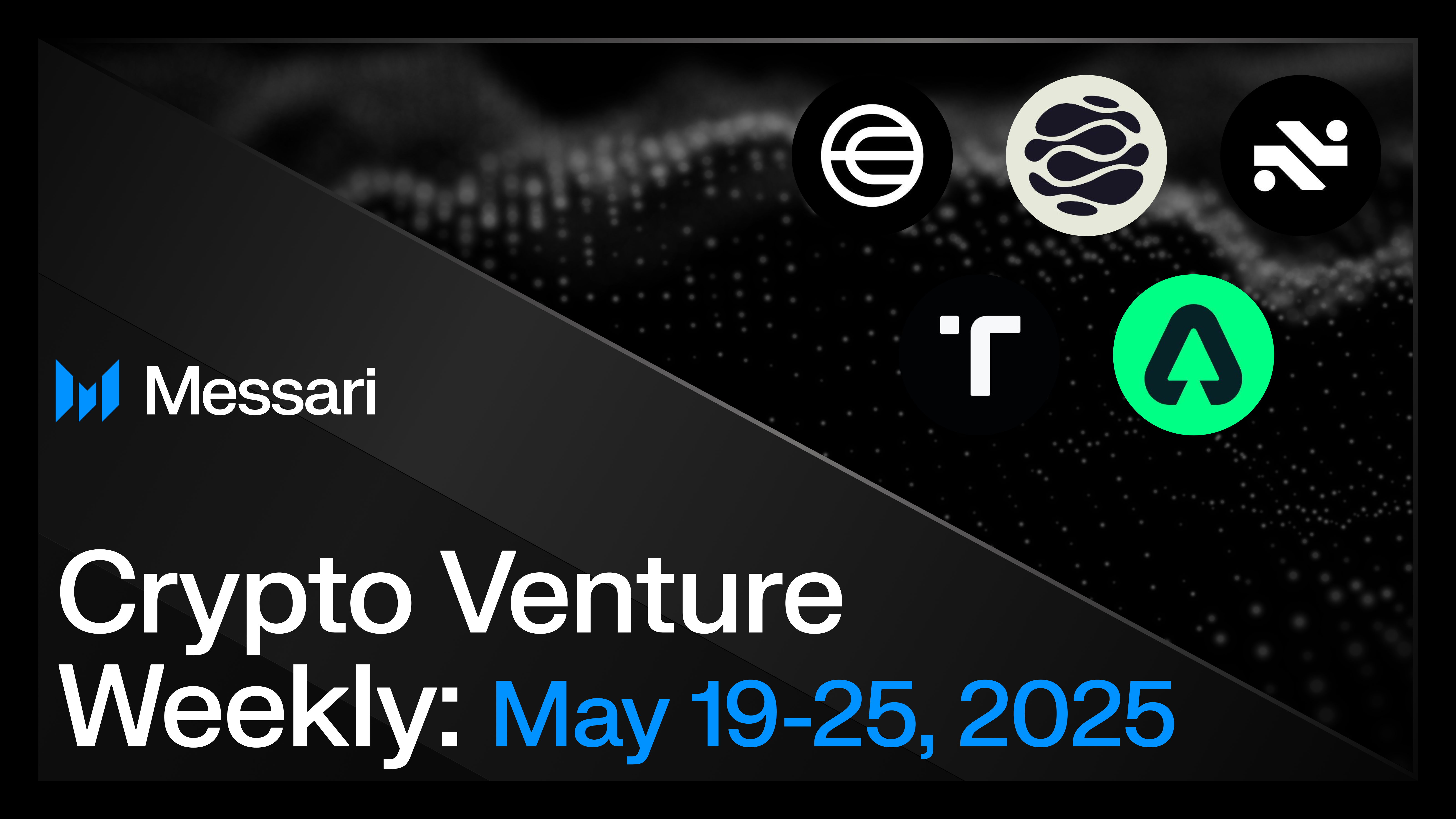MetaCannes 2024 Showcases AI and Blockchain in Film Festival
The MetaCannes Film3 Festival, a collaboration between Theta Network and The Squad, concluded on May 25, 2024, offering a tech-forward and inclusive cinematic experience. The event featured world premieres, live streaming, and a focus on empowering underrepresented voices in the film industry. Sian Morson, founder of The BlkChain, curated a Short Film Block highlighting BIPOC voices, while Herflix sponsored a women-focused content feed and hosted the Better World Foundation gala. Swan Sit, known as the ‘Queen of Clubhouse,’ hosted the Herflix gala, which was attended by notable figures such as Juliette Binoche and Lang Lang. The festival introduced the Next Wave of Cinema Awards, with ‘FREE FALL’ winning the Grand Jury Golden Wave Award and ‘FALLING FROM GRACE’ receiving the Special Jury Prize for AI Cinema. MetaCannes emphasized AI’s role in filmmaking through its MetaCannesNEXT segment, showcasing AI’s impact on storytelling and distribution. Attendees enjoyed exclusive screenings of award-winning short films and new works by innovative filmmakers. Powered by Theta Network’s NFT-based digital rights management, the festival provided a secure and transparent platform for film access. The event also launched exclusive NFT passes, enhancing the viewer experience with blockchain technology and offering access to creators in a token-gated Discord channel.
Related News





